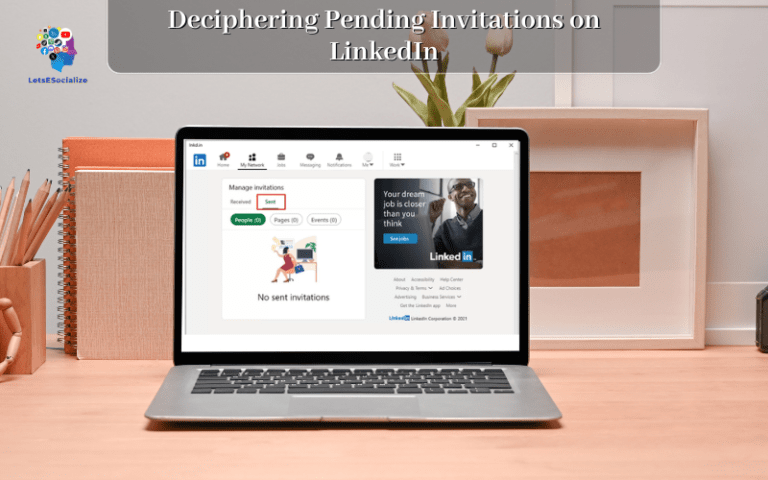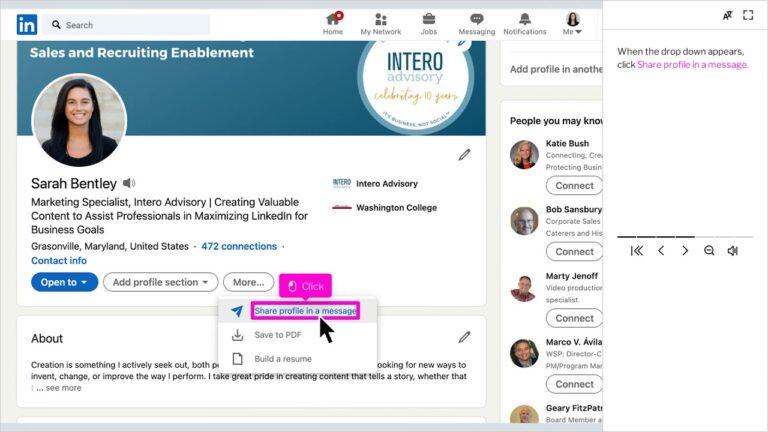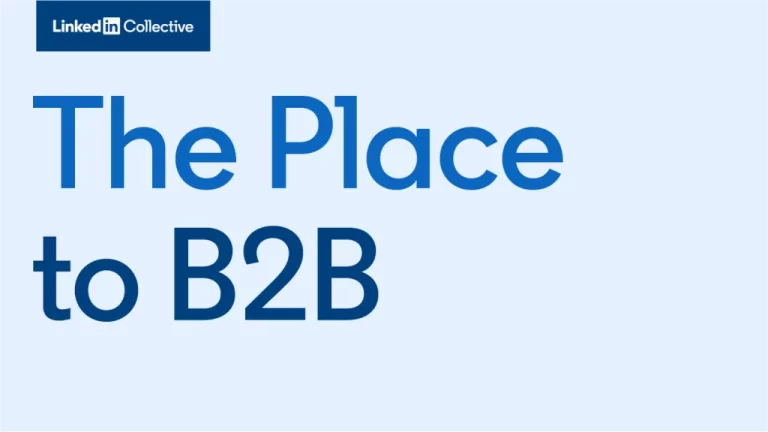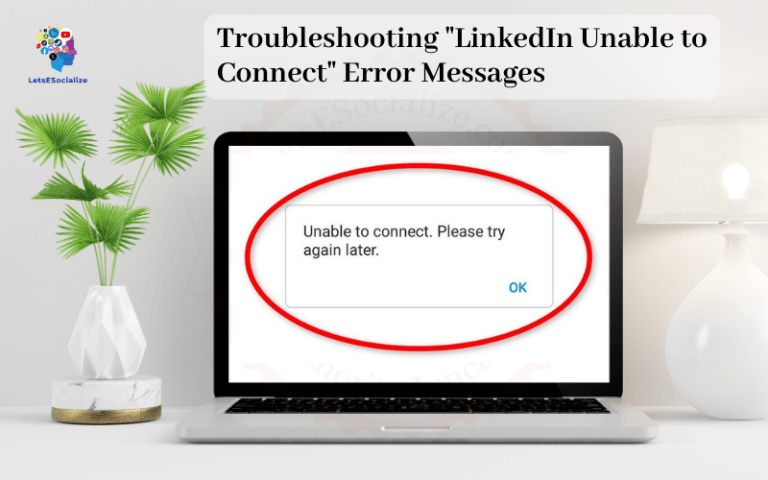LinkedIn has become the world’s largest professional network with over 850 million members. With so many professionals on the platform, LinkedIn’s job board has naturally emerged as a go-to place for people to find new job opportunities.
But with so many job boards out there like Indeed, Monster, etc. – how useful is LinkedIn’s job section? Does it provide good value in finding real jobs or quality candidates compared to other sites?
In this extensive 6,000-word guide, we’ll dive deep into analyzing the pros and cons of using LinkedIn job postings, who it works well for, tips to get the most out of it, and alternatives to consider. Let’s get started!
Table of Contents
Overview of LinkedIn’s Job Postings Section
For context, here’s a quick overview of LinkedIn’s job postings section:
- Main hub to search, view, and apply for jobs as a job seeker across different industries and locations.
- Companies can post and manage job listings on LinkedIn to source candidates.
- Options to filter job searches by title, company, location, date posted, etc.
- “Easy Apply” one-click applications using your LinkedIn profile.
- Job listings can leverage LinkedIn’s audience to get more applicants.
So in summary – it provides a space for employers and candidates to connect. But how practical is it? Let’s analyze further.
Is LinkedIn’s Job Section Useful for Job Seekers?
As a job seeker, the main question is – can LinkedIn’s job portal help you land real interviews and job offers? Let’s explore some pros and cons:
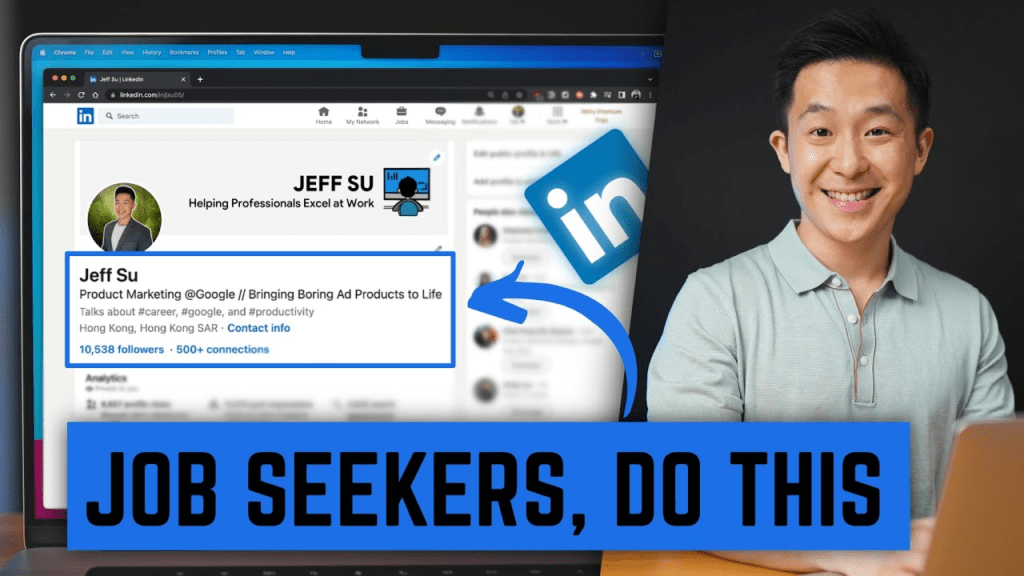
Pros for Job Seekers
- A wider range of job options – With many companies leveraging LinkedIn for recruiting, you can find openings not posted on other boards. Gives you more options.
- Quality screening – Unlike large boards like Indeed where anyone can post, LinkedIn jobs tend to be more screened. Tends to be real companies with verified LinkedIn company pages posting the openings.
- Tap into connections – You can potentially get referrals from your connections at the company for an advantage. Your insider connections are visible right there rather than applying cold.
- “Easy Apply” convenience – The one-click “Easy Apply” option makes applying to jobs much faster using your rich LinkedIn profile. Don’t need to reformat your resume and answers for every application.
Also Read – What Are Some Common Mistakes People Make on LinkedIn?
Cons for Job Seekers
- Can miss niche roles – For niche and specialized roles in less mainstream industries, smaller niche job boards still tend to have a wider range of options than LinkedIn.
- No anonymity – Since you apply with your LinkedIn profile visible, it lacks the anonymity factor of other big job boards if that’s important to you.
- Stiff competition – Applying via LinkedIn can sometimes mean stiffer competition as more of your qualified peers are visible and apply there too.
Tips to Use LinkedIn Job Postings as a Candidate

Here are some pro tips to leverage LinkedIn job listings effectively as a candidate:
- Follow relevant companies – Follow companies you’re interested in working for so you see the job posts right when they list it before competition piles up. Be among the very first applicants.
- Tap your network – Check if you have any connections at the company you can engage for referrals rather than just applying cold with no advantage.
- Showcase differentiation – Make sure key selling points that differentiate you are highlighted efficiently on your profile so recruiters immediately see your unique value.
- Use filters – Take advantage of filters so you only focus on the types of roles, companies, and locations you want. Don’t waste time browsing irrelevant posts.
- Personalize applications – Where possible, tweak your application to highlight alignments with each company’s unique needs outlined in the job description. Don’t just spray and pray Easy Apply to every listing without personalization. Yes, it takes more effort, but it can be worth it.
So overall – LinkedIn job postings can add value for candidates by playing to the platform’s network strengths. However, expect higher competition and don’t rely on it alone. Use it as a helpful addition to your job search workflow rather than your only job search channel.
Is LinkedIn’s Job Section Useful for Employers/Recruiting?

For recruiters and companies hiring – LinkedIn job listings unlock a new talent-sourcing channel via LinkedIn’s huge membership base. But what’s the quality here? Let’s analyze its usefulness for hiring:
Pros for Recruiters/Employers
- Taps large candidate pool – Exposes your job to 850M+ LinkedIn members for high application volume rather than limiting to your limited in-house network reach alone.
- Filters help target – Can filter exactly which members your listings reach based on criteria like your required skills, experience level, industries, locations, etc. Helps accuracy in targeting aligned candidates.
- Rich candidate insights – Unlike resume black holes from other job boards, recruiters get full candidate profiles providing much richer context on skills, experience, education, and recommendations. Helps assess culture add.
- Post once, repeat engage – You maintain full control and ownership of the job listings on your Company Page to keep refreshing, updating, and engaging applicants over the long term rather than one-off posting on third-party boards.
Cons for Recruiters/Employers
- Quality varies – While you can pre-filter candidates well based on LinkedIn profile data, ultimate quality can still have a wide variance. May still need to screen and vet thoroughly.
- Passives don’t search – Great aligned candidates not actively looking are less likely to see or engage your job listing organically without more proactive sourcing outreach from your side.
- Can get costly – Sponsored listings and InMail messages to proactively reach quality candidates beyond those that apply organically tend to inflate overall cost-per-hire over time.
Tips for Recruiters to Optimize LinkedIn Job Postings
Here are some tips for talent acquisition pros to get more from LinkedIn jobs:
- Pitch company culture – Showcase your employer’s brand, culture, and perks attractively. With competition high, company attractiveness matters to engage the best prospects beyond the job content itself.
- Encourage shares – Inspire organic shares amongst members’ networks by showcasing employee testimonials and referral incentives that unlock wider visibility.
- Partner with employees – Get your employees to share open roles in their networks for authentic peer advocacy that holds more weight than a faceless company posting alone.
- Proactively message prospects – Complement the inbound applicants you attract organically by proactively messaging and headhunting prospects through InMail and personalized connection requests.
- Follow up thoughtfully – Actively update and provide status notifications to prospects who applied. Don’t leave them hanging as that hurts your employer brand and recruiter perception.
So overall – while tapping LinkedIn jobs for inbound applicant flow has advantages, putting in the work to proactively source, engage, and nurture candidates beyond just posting and waiting pays off most for hiring LinkedIn effectively.
Key Things to Keep in Mind About LinkedIn Job Postings

Now that we’ve weighed various pros and cons – here are some core things to keep perspective on regarding LinkedIn job listings:
It’s an Extension, Not a Replacement of Your Hiring Workflow
The key is positioning LinkedIn job posts as an add-on channel that complements rather than replaces traditional hiring workflow pillars like:
- Your company careers site
- Proactive employee referrals
- Job boards beyond just LinkedIn
- Specialized external recruiters
- Direct sourcing outreach
This prevents over-reliance and ensures optimal hiring results.
Results Vary by Industry and Role Seniority
While LinkedIn can work across many industries – anecdotally, we tend to see the highest traction from LinkedIn Jobs in:
Industries: Tech, Software, Media, Business Services (Management Consulting, Accounting, HR)
Seniority Levels: Mid-Senior Levels+
So your exact scenario impacts results. Entry-level roles in healthcare for example may yield lower ROI than say Director-level IT leadership roles.
You Get out What You Put In
To unlock LinkedIn Jobs’ upside requires added “high touch” effort beyond just posting the role and waiting for applicants. Things like:
- Employee advocacy, messaging targeted prospects, screening, customized nurturing of applicants.
Without those active efforts, you risk the lackluster quality of applicants.
So in summary – calibrate expectations based on your exact use case. But incorporating active best practices, and applying a high-touch approach to LinkedIn Jobs can move the needle on hiring.
Also Read – Has anyone gotten a job via LinkedIn?
Alternatives to LinkedIn’s Job Postings

In case LinkedIn jobs don’t provide enough value – here are some alternative job posting options beyond just LinkedIn to consider:
Major Job Boards (Indeed, Monster, ZipRecruiter, etc.)
The traditional mainstream boards offer a sheer volume game and still work well. Especially effective for casting an extremely wide net for roles not requiring highly specialized talent.
Niche/Vertical-Specific Boards
Think Dice.com for tech roles, and Behance.net for creative roles – go niche for finding specialized talent pools relevant to your specific needs.
Company Careers Site + SEO
Getting found organically via Google searches provides more inbound candidate flow than just relying on other third-party boards.
Facebook Jobs
Facebook recently launched their job board leveraging their huge user base. Worth testing out given the plentiful Facebook audience size.
I’ve only scratched the surface of potential options beyond LinkedIn jobs here. But the key takeaway is – that adopting a multi-prong strategy across different channels is better than limiting to just LinkedIn alone.
Ultimately there’s no one perfect solution. Mix, match, and test options based on what aligns with your hiring needs.
Now that we’ve covered the key facets in detail – let’s recap the key points around optimally leveraging LinkedIn job postings.
Recap/Summary
- LinkedIn Job listings unlock reach to LinkedIn’s 850M+ member base. But approach it strategically rather than relying completely. Use it as additive reach.
- For job seekers – provides added job options but expect stiffer peer competition. Use network referrals and profile optimization to stand out among applicants.
- For employers – provides volume and profile insights but requires added effort beyond just posting and waiting to yield the best ROI on roles.
- Actively partner with employees, message prospects, update applicants, and highlight culture to get more from LinkedIn jobs.
- Certain industries and more advanced roles tend to see higher traction than entry-level postings or niche sectors.
- To optimize results, incorporate LinkedIn jobs as part of a multi-channel strategy encompassing other sites beyond just LinkedIn alone.
So in closing – while LinkedIn job listings can provide value, success ultimately depends on your situation and the effort/strategy put in.
Apply these best practices highlighted here to get the most out of it as part of an integrated hiring workflow optimized for today’s market.
Hope this gives you clarity on optimally leveraging LinkedIn’s job board in your specific scenario!


